
Despite snagging acceptance letters to institutions in top study destinations, many would-be international students have their dreams dashed at the next phase — failing to obtain visas.
Take Canada, for example — 52% of study permit applications were refused in 2024, up from 38% in 2023, while the overall refusal rate for would-be temporary migrants was 54%.
Not only does this issue lead to a myriad of planning issues for the parties involved, but the rapidly climbing student visa fees are a hefty setback, too — like that 125% increase for Australia.
Meanwhile, in the US, study visa refusals reached a record high in 2023, with 36% of F-1 applications denied. Under the new Trump administration, even more students are hesitating to apply to the US for higher education, fearing further restrictive policies.
So the question is: how do you navigate this tricky landscape to fulfil your study abroad dreams?
The affordable pathways to global education
It’s no secret that countries are profiting from both approved and refused temporary resident applications and visas.
For Canada, the average application fee is 150 Canadian dollars, and in 2024 alone, the government “generated an estimated $707.9 million in fees, including $354 million from refused applications, according to Syed Hassan, executive director of the Migrant Workers for Change, in a report from the Toronto Star.
While CA$150 may not seem like a large amount, it is a substantial sum for those who hail from countries with weaker currencies or developing nations.
So, in response to challenging visa applications and the rising costs of studying abroad, international students have begun to set their sights on destinations with more affordable student visa fees.
Asia is a top choice for those looking for low student visa fees, but don’t count Europe out. Countries like Italy (US$7,680 annually) and the Czech Republic (US$1,600 annually) offer diverse programmes at top-quality institutions, vibrant cultures and histories, and most importantly, affordable visa fees.
But if you’re determined to earn your degree from one of the more popular destinations, here’s all you need to know about your student visa, fees and everything included.

If you study in Singapore, you’ll soon be familiar with the country’s official mascot — the Merlion, a mythical creature with the head of a lion and the body of a fish. Source: AFP
The student visa fees of the most popular study abroad destinations
Ranked from lowest to highest.
Singapore
Obtaining a Student Pass is essential if you wish to enrol in a programme that exceeds 30 days.
This pass has variations based on the programme’s duration and type. For shorter programmes, lasting up to three months, you can apply for a short-term pass, while a long-term pass is required for bachelor’s or master’s degrees.
Applications are made through the Student’s Pass Online Application and Registration (SOLAR) system, managed by the Singapore Immigration and Checkpoints Authority (ICA).
To get started, secure your admission letter from your chosen Institutes of Higher Learning (IHL) and ensure it’s registered with SOLAR. The IHL will provide your details to the system, along with a reference number for your application.
Typically, applications are processed swiftly, often within 15 days to a month, provided all requirements are met.
Key facts about student visa fees in Singapore:
*1 Singaporean dollar is equal to US$0.75 at the time of writing.
- Visa Processing Fee: SGD$30 (US$22.52)
- Visa Issuance Fee: SGD$60 (US$45.05) for each student pass issued in your name.
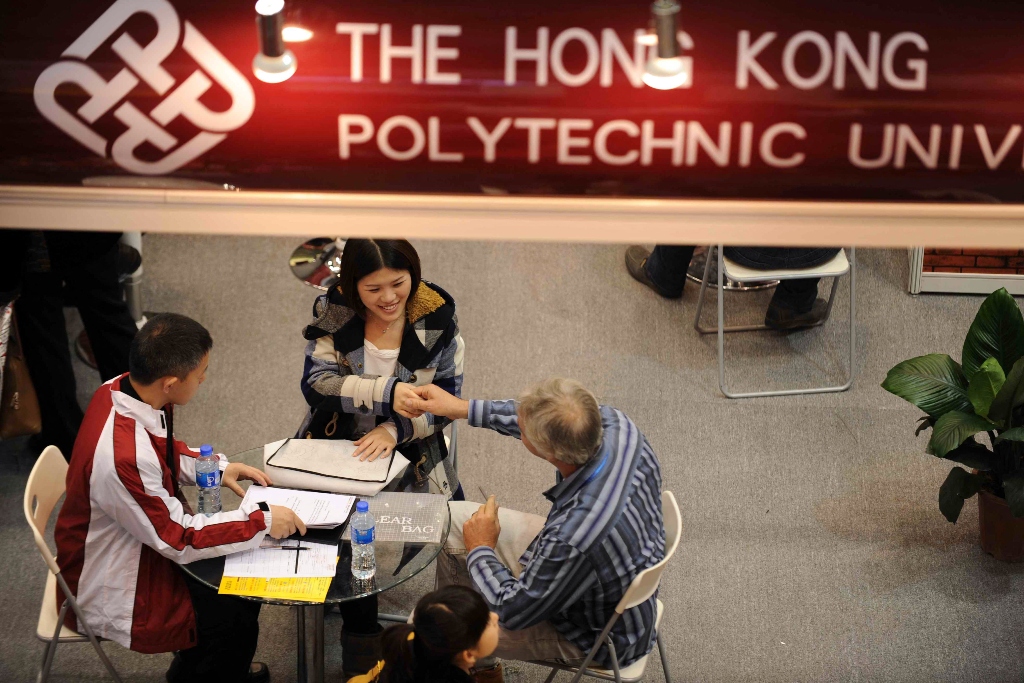
Among the eight Hong Kong universities receiving public funding through the University Grants Committee (UGC), five were ranked in the top 100 in the Times Higher Education World University Rankings 2024. Source: AFP
Hong Kong
After receiving an acceptance letter from a Hong Kong educational institution, non-local students must secure a student visa or entry permit. This applies to everyone, whether you’re in an exchange programme or pursuing full-time studies.
There are several options for submitting your application forms and supporting documents. You can choose to send them by post directly to the Hong Kong Immigration Department or through a local sponsor.
Alternatively, applicants residing abroad may submit their applications in person at the nearest Chinese diplomatic or consular mission, provided they include all relevant supporting documents and valid travel documentation.
Students enrolled in full-time, locally accredited programmes usually receive a stay that matches their study duration. Those in shorter programmes are typically granted a stay of 12 months upon entry or for the length of their studies, whichever is shorter.
The visa application process usually takes about six to eight weeks.
Key facts about student visa fees in Hong Kong:
*1 Hong Kong dollar is equal to US$0.13 at the time of writing.
- Student Visa: HKD$230 (US$29.61)
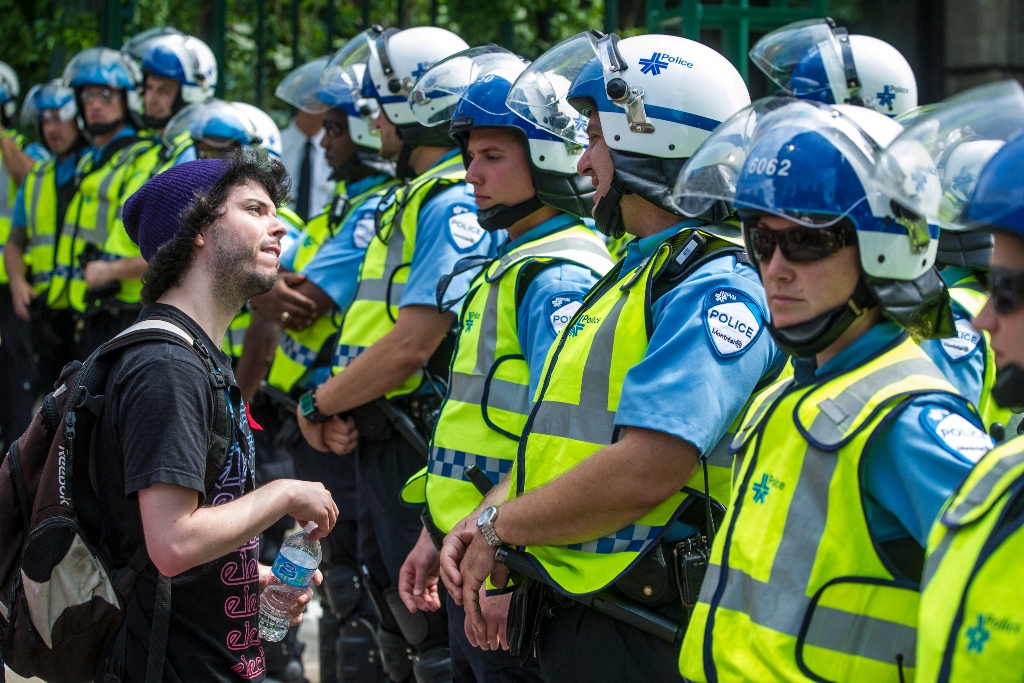
Canada’s educational institutions are top-notch, but their visa gatekeeping can be quite strict. A weak Statement of Purpose (SOP) can lead to visa rejection. Source: AFP
Canada
If you’re still keen on heading over to Canada for higher education, consider applying for a Canadian study permit. It’s different from a visa and its requirement depends on the length of your intended study period.
If your studies are for six months or less, a visitor visa is typically sufficient, and a study permit is not required. However, for longer study durations, both a visitor visa and a study permit are necessary.
The study permit is a document that allows foreign nationals to study at designated learning institutions (DLIs) in Canada.
Generally, you must apply for a study permit before arriving in Canada, though there are some cases where you can apply from within the country or at the port of entry upon arrival.
It can take up to three months to receive your study permit, so it’s advisable to apply as soon as you receive your letter of acceptance.
Key facts about student visa fees in Canada:
*1 Canadian dollar is equal to US$0.70 at the time of writing.
- Study permit per person (including extensions): CA$150 (US$104.40)
- Restore your status and get a new study permit: CA$379 (US$263.79)

On June 19, 2024, in a podcast interview with All-In, Donald Trump said he would grant automatic green cards to foreign graduates of US colleges. But whether he goes through with it, remains to be seen. Source: AFP
US
In the US, the type of student visa you need depends on your programme of study and the institution you plan to attend. There are now two visa categories: F and M.
- The F visa is for students pursuing academic programmes.
- The M visa applies to those enrolled in vocational studies.
Getting your US visa can take anywhere from a week to a few months — it all depends on your specific situation.
For most students, the application process is pretty quick, taking just a few days, and then you’ll need to wait a couple of extra days to get your passport back.
To start the process, you must first apply to a Student and Exchange Visitor Programme (SEVP)-approved school. Once accepted, the school will enrol you in the Student and Exchange Visitor Information System (SEVIS), and you will need to pay the SEVIS I-901 fee. The school will then issue you a Form I-20, which is required for your visa application and interview.
Be sure to bring the Form I-20 to your visa interview at a US Embassy or Consulate.
Key facts about student visa fees in the US:
- Visa application: US$185

Those who study in China will oftentimes be able to pick up one of the most spoken languages in the world — Mandarin. Source: AFP
China
The Chinese student visa system is divided into two categories: X1 and X2.
The X1 visa is intended for students enrolling in programmes longer than six months, while the X2 visa accommodates those in shorter programmes lasting less than six months.
Notably, the X2 visa permits only a single entry, whereas the X1 visa allows multiple entries and can be valid for up to five years.
For applicants seeking an X1 visa, the JW202 form — a letter of acceptance from a recognised educational institution in China — is mandatory. This form must be accurate and correspond with the applicant’s passport details.
An official invitation letter from the host organization is also required, specifying the requested number of entries and matching the applicant’s name on their passport.
To complete the visa application, students should fill out the application form online, print it single-sided, and sign it in blue or black ink.
Additionally, applicants must include a Health Declaration Form, proof of travel arrangements, and a completed “Where You Stay” form in their application kit.
Key facts about student visa fees in China:
- Standard fees
- Consular fee: US$140
- Service fee: US$185
- Processing time: 8 business days
- Expedited fees
-
- Consular fee: US$140
- Service fee: US$235
- Processing time: 4 business days
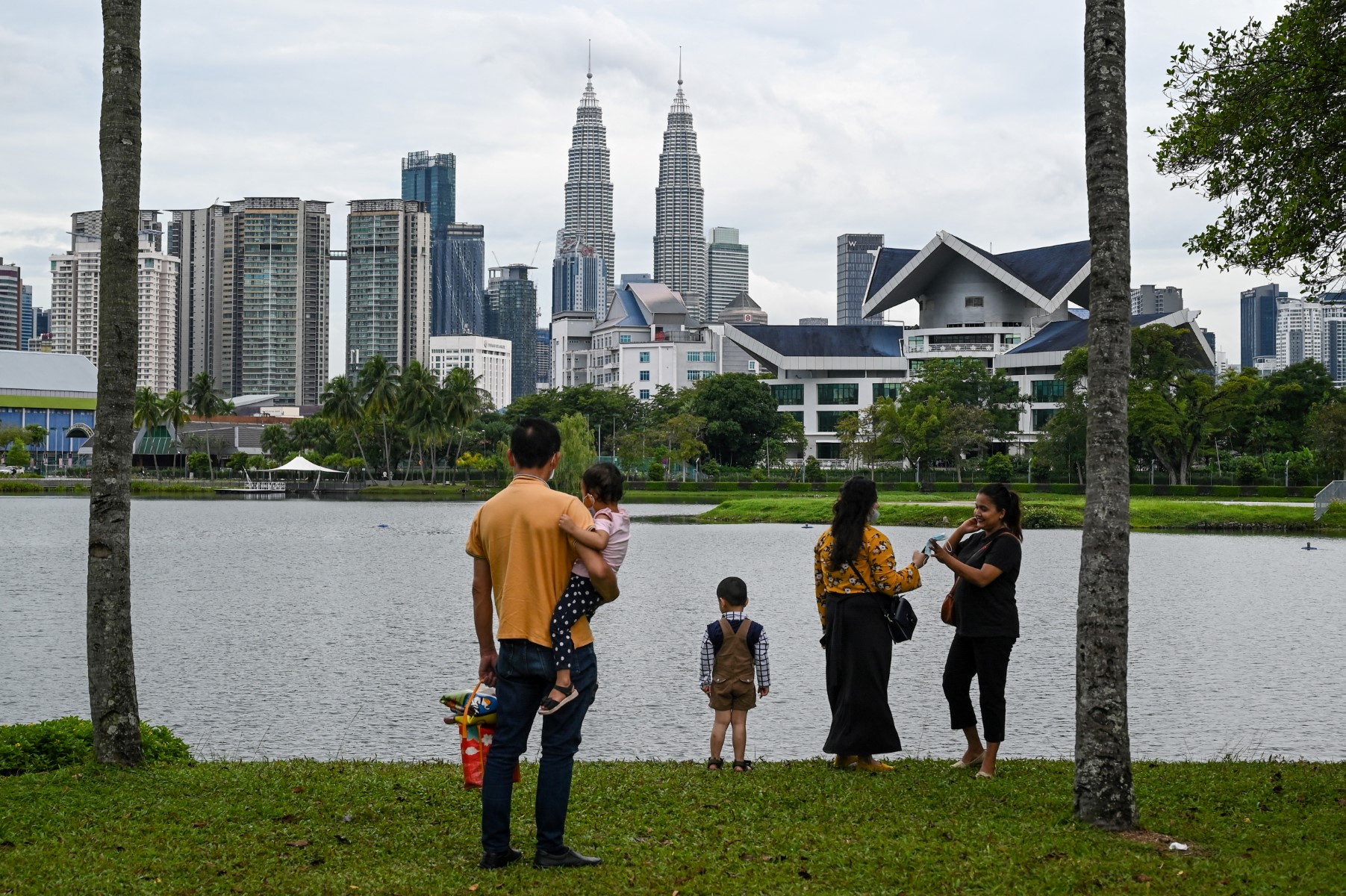
Between its low living cost and affordable tuition fees, Malaysia is a prime destination for international students wanting to experience a new country for their studies. Source: AFP
Malaysia
For international students aspiring to study in Malaysia, obtaining a Student Pass is an essential step in the application process.
This pass is a requirement for all foreigners seeking enrollment in various educational institutions, including government and private schools, as well as public and private higher education institutions, language centres, and training centres under the Department of Skill Development.
For those coming from abroad, your educational institution will handle the Student Pass application for you. Once you’ve secured the necessary approvals, you can head to the nearest Malaysian Embassy, High Commission, or Consulate to obtain your visa. Just remember to bring your offer letter with you.
If you’re already in Malaysia, you can submit your application directly at your institution.
After approval, you’ll receive a JP Visa for free, but keep in mind that fees apply for the Student Pass and any Multiple Entry Visas. Make sure you have a support letter from the Ministry of Education or the Department of Skill Development, your offer letter, and two sets of specific forms along with your passport copies ready to go.
However, students from India, Bangladesh, and Pakistan must apply directly at the Department of Immigration Headquarters in Putrajaya.
Expect the processing time for a Malaysian Student Visa to be between one to three weeks. The Visa office usually takes about 14 days to approve the Visa Approval Letter and verify applicants’ documents.
Key facts about student visa fees in Malaysia:
*1 Malaysian Ringgit is equal to US$0.23 at the time of writing.
- Private higher institutes: MYR$1,060 to MYR$1,560 (US$243.65 to US$358.58)
- Private institutes: MYR$810 to MYR$1,060 (US$186.19 to US$243.65)
- International-accredited centres: MYR$810 to MYR$1,060 (US$186.19 to US$243.65)
- Public institutes: MYR$810 to MYR$1,560 (US$186.19 to US$358.58)
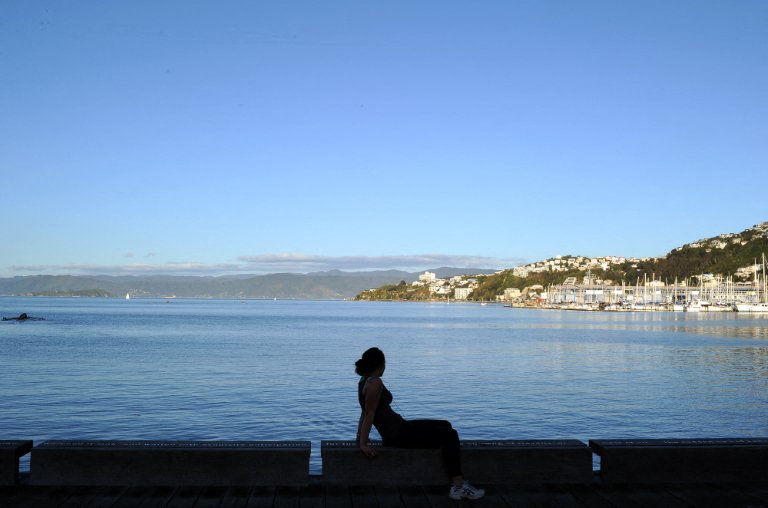
In a 2024 survey, nearly nine out of 10 international students rated New Zealand as a positive study destination. Source: AFP
New Zealand
New Zealand offers several pathways tailored to different needs, from full-time academic programmes to short-term visits.
The Fee Paying Student Visa allows you to study full-time in the programme specified on your visa, covering schools, tertiary education, and English language programmes. This visa grants a stay of up to four years, with 80% of applications processed within six weeks.
For those seeking more flexibility, the Pathway Student Visa permits studying up to three consecutive programmes under one visa.
In addition to full-time studies, holders of this visa can work part-time (up to 20 hours weekly) and full-time during holidays, depending on the programme. You can stay up to five years, with 80% of applications processed within six weeks.
Once you have identified the appropriate visa, the next step is to begin the application process. Check the visa requirements, gather the necessary documents, and submit your application online or via paper.
Key facts about student visa fees in New Zealand:
*1 New Zealand dollar is equal to US$0.57 at the time of writing.
- Fee Paying Student Visa: NZD$750 (US$428.10)
- Pathway Student Visa: NZD$750 (US$428.10)
- Visitor Visa: NZD$341 (US$194.64)
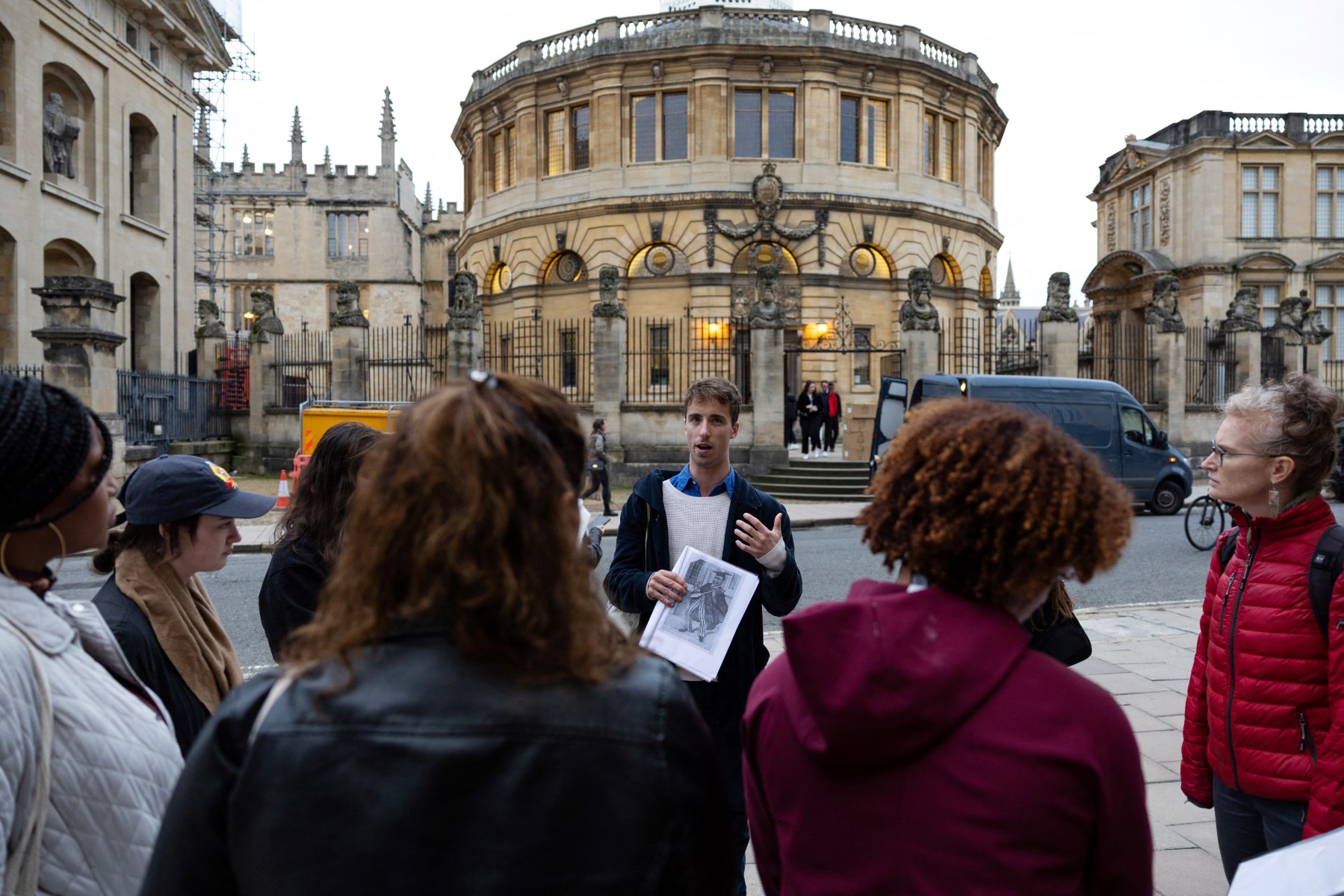
As of 2024, applications for sponsored study visas to the UK have fallen by 28%, suggesting the visa restrictions applied by the previous government hampering international student recruitment. Source: AFP
UK
For most international students in the UK, obtaining a student visa is essential. There are three main types of student visas available:
- If you are 16 or older and your programme lasts longer than six months, you’ll need to apply for the Student Route visa.
- The Short-term Student visa is available for English language courses lasting between six and 11 months.
- For minors aged four to 17, a Child Student visa is required. This visa also requires parental consent and proof of sufficient financial resources to support your stay.
The visa application process begins with securing an unconditional offer from a licensed student sponsor. Once accepted, your university will issue a Certificate of Acceptance for Studies (CAS).
If you’re applying from outside the UK, the earliest you can submit your visa application is six months before your programme starts, with decisions usually made within three weeks.
If applying from inside the UK, you can apply up to three months before your programme begins, but your new programme must start within 28 days of your current visa expiring.
Key facts about student visa fees in the UK:
*1 pound is equal to US$1.29 at the time of writing.
- To apply for a Student visa from outside the UK: 490 pounds (US$633.19)
- To extend or switch to a Student visa from inside the UK: 490 pounds (US$633.19)

As of July 1, 2024, international student visa fees will increase from 710 to 1,600 Australian dollars. This reflects the Albanese Government’s commitment to restoring integrity in the international education sector. Source: AFP
Australia
Australia’s Student visa (subclass 500) is the go-to for most international students. With it, you can study in Australia, travel in and out of the country, and even work part-time (48 hours every fortnight) while your programme is in session.
But that’s not your only option.
The Training visa (subclass 407) gives you a chance to gain real-world experience through workplace-based training. Whether you want to upskill in your profession or boost your academic knowledge, this visa has you covered.
Once you’ve been accepted into your chosen programme, your institution will provide a Letter of Offer. After you accept and pay the required deposit, your school will send a Confirmation of Enrolment (CoE). This document is key — without it, your visa application, which takes 53 days to be processed, can’t move forward.
On top of that, you’ll need to show that you’ve got enough funds to support yourself. As of March 2025, the current minimum financial requirement is 29,710 Australian dollars (US$19,723.28)
And don’t forget your health insurance — the Overseas Student Health Cover (OSHC) is mandatory and will keep you covered for any medical needs during your time in Australia.
Key facts about student visa fees in Australia:
*1 Australian dollar is equal to US$0.63 at the time of writing.
- Student visa (subclass 500): Starts at AU$1,600 (US$1,009.15) for the main applicant.
- Training visa (subclass 407): Starts at AU$415 (US$261.75).
Disclaimer: This article was last updated on March 10, 2025.










